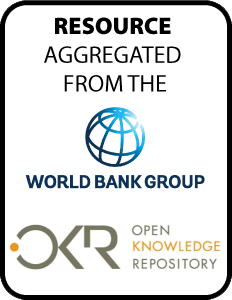Resource information
Eurasian cities, unique in the global
spatial landscape, were part of the world's largest
experiment in urban development. The challenges they now
face because of their history offer valuable lessons to
urban planners and policymakers across the world from places
that are still urbanizing to those already urbanized. Today,
Eurasian cities must respond to three big changes: the
breakup of the Soviet Union, the return of the market as the
driving force of society, and the emergence of regional
powers such as the European Union, China, and India that are
competing with the Russian Federation for markets and
influence in its former satellites. Several methods of
analysis indicate an imbalance across Eurasia, implying a
need to readjust Eurasia's urban structure. National
policies in Eurasia are still preoccupied with spatial
equity. But the concentration of economic activity in large
cities is fundamental to national competitive advantage:
they foster innovation through their diversity of industries
-- and reduce production costs through their economies of
scale. This paper suggests some ideas on how policymakers
can harness the economic power of cities to drive national
economic development, by focusing on four themes: planning,
connecting, greening, and financing cities.


